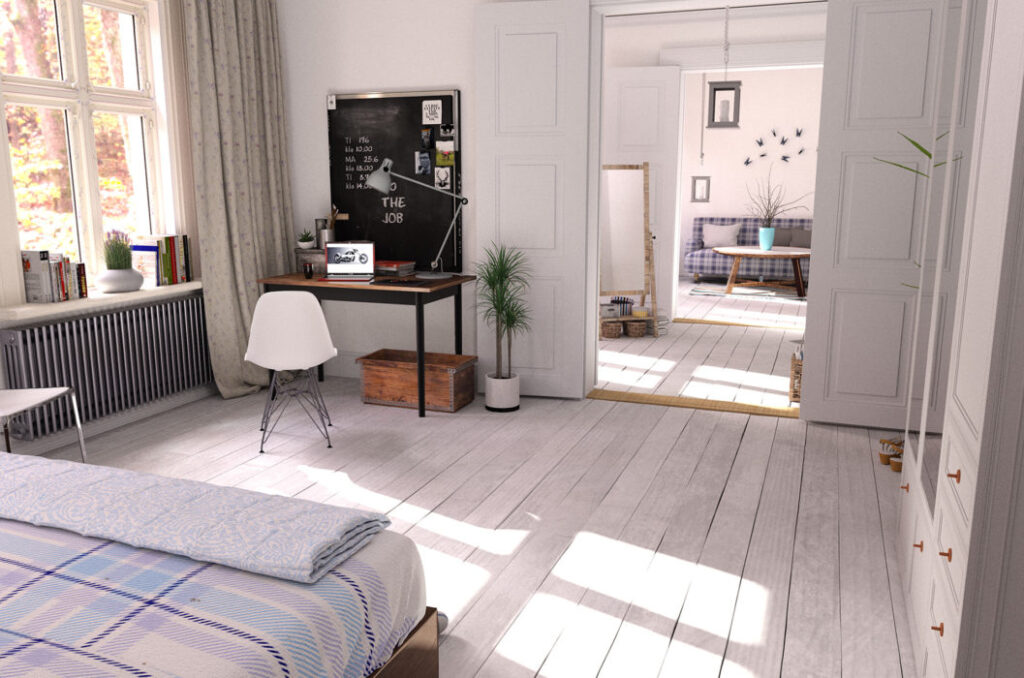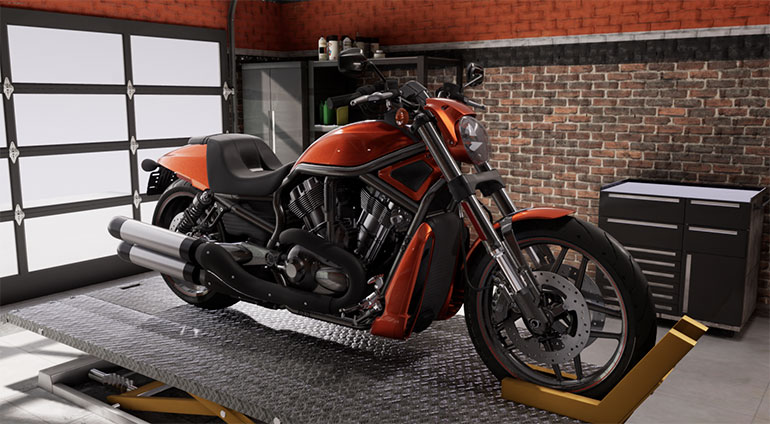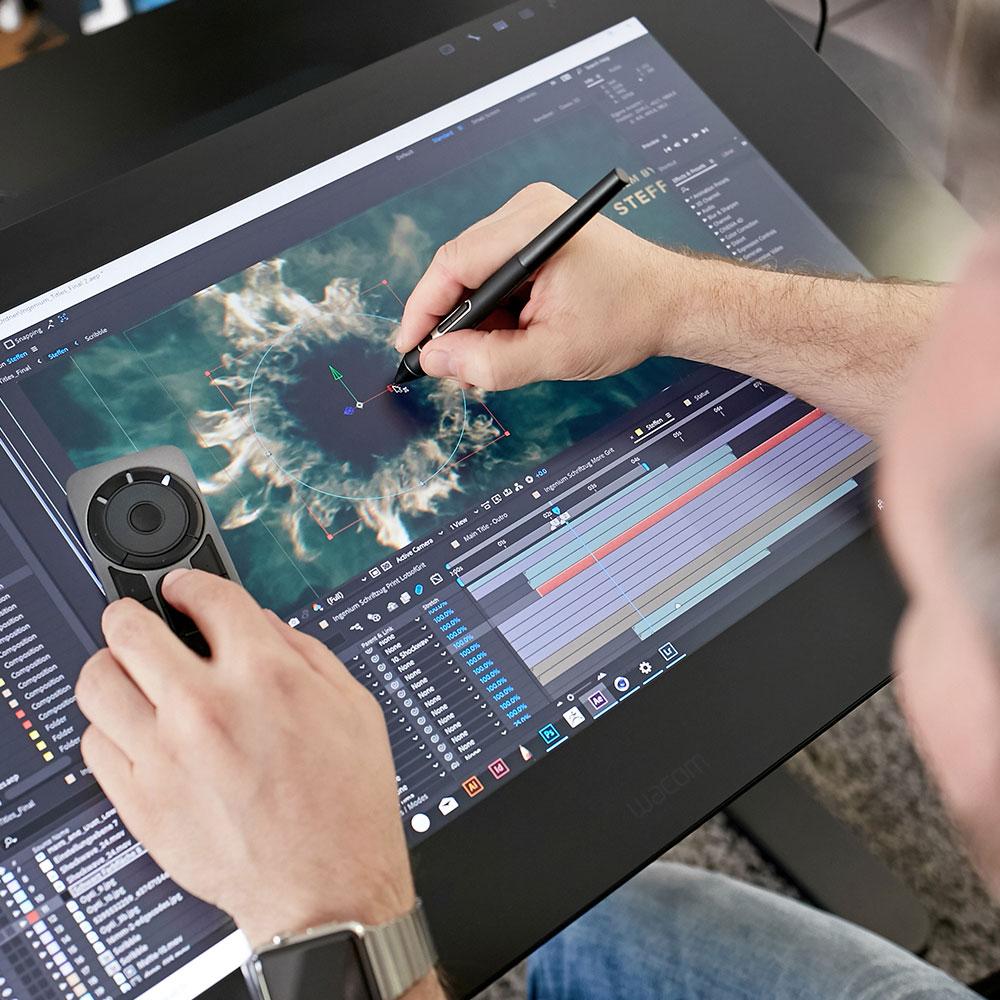We have tested for you: Radeon ProRender for C4D and Blender
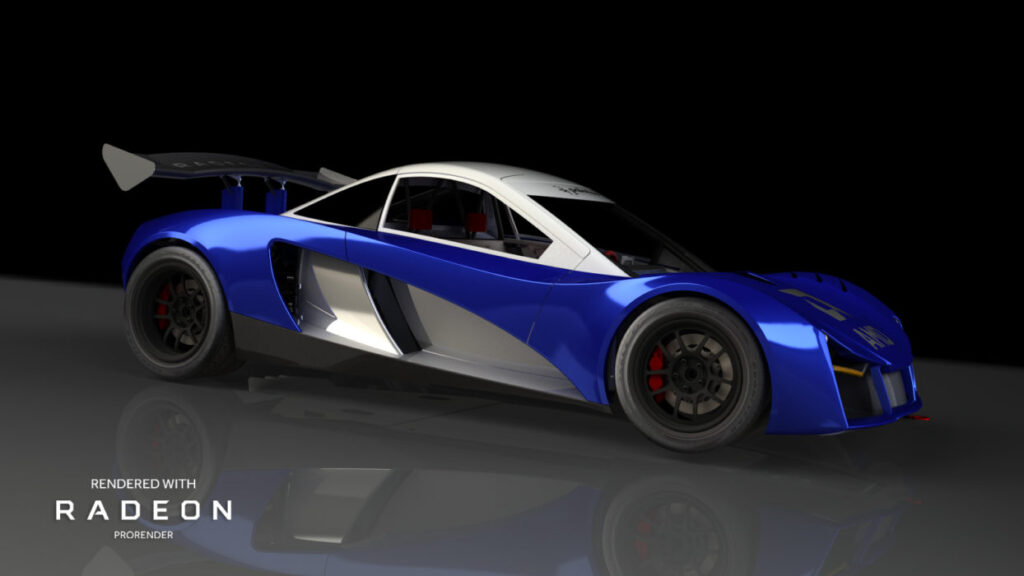
Introduced at SIGGRAPH in 2015, FireRender, the AMD free renderer has improved a lot. It became open source in 2016 and is called now Radeon ProRender (RPR). It is now available on the Ranch for Cinema 4D, and very soon for Maya and Blender.
For Blender, you need to download the plugin. Regarding Cinema 4D, the renderer is integrated into the R19 version.
AMD based its development on OpenCL, which enables the renderer to use either the graphic card, the processor or both at the same time with some software. Having an AMD GPU is not necessary to calculate the images. However, AMD recommends the use of Windows 10 for non-AMD cards and compatibility with OpenCL 1.2.
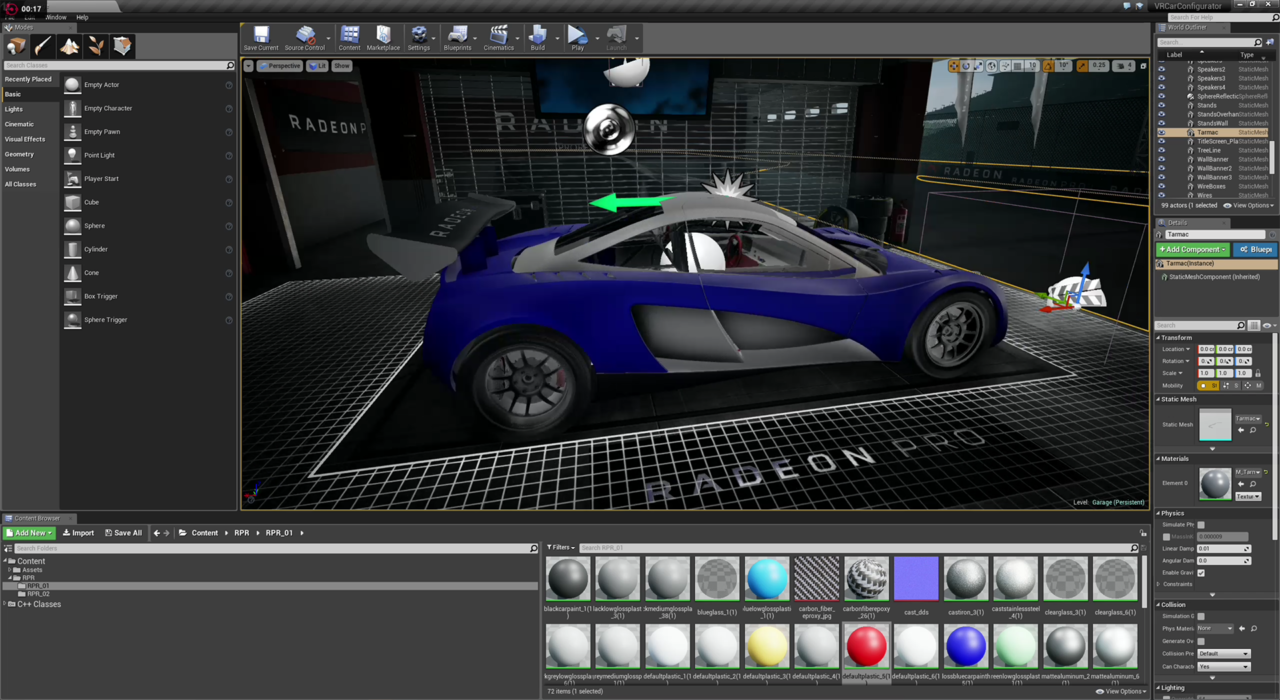
The setting is very simple: you indicate the number of samples you want to reach or a calculation time, which is quite usual for unbiased renderers. You can also choose the maximum number of bounces.
Main features are available: IES, depth of focus, panoramic camera, HDR handling, motion blur. Main AOVs for compositing are also available: normal, material and ID object, UV…
There are (too?) many shaders available: RPR Diffuse, Emissive, Microfacet, Microfacet Refraction, Diffuse Refraction, Subsurface, Transparent, Reflection, PBR, UberShader.
The most comprehensive one is UberShader: it gathers in one shader all the capacities of the renderer without having to aggregate all the shaders (RPR Shader Blend).
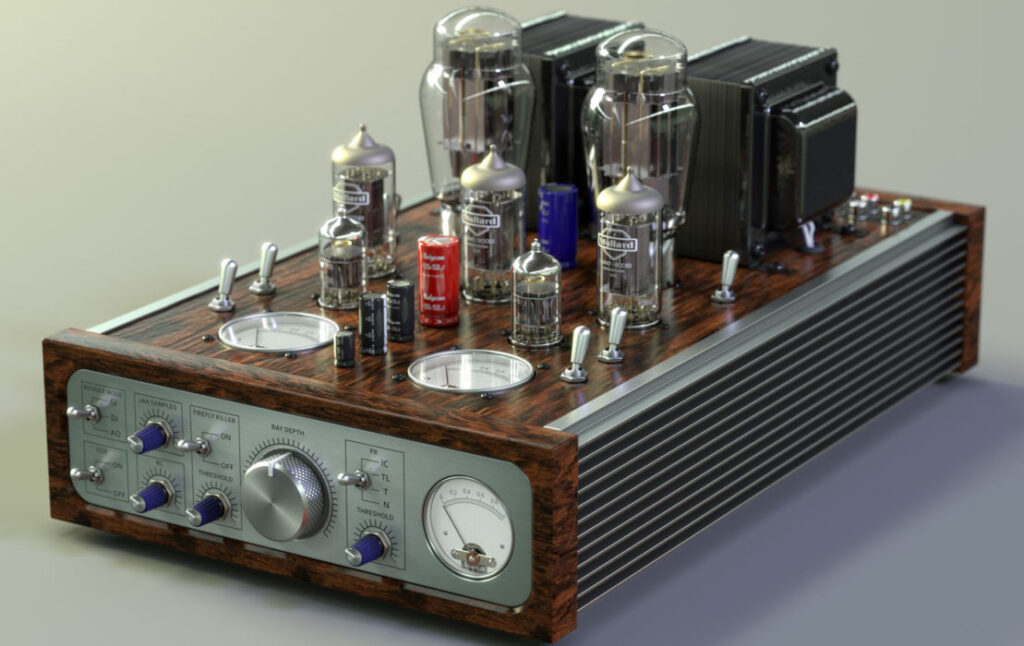
It does not take long to get used to it. I would delete a few shaders which make the list too long with no proper reason. This renderer also enable to upload materials captured with the Xrite’s format AxF.
It is free, it is quick and it produces pretty good looking images so it could be worth adding it to your tools, especially for product design.
Radeon ProRender is also available for 3dsmax, Maya and Solidworks.
Christophe Bicchierai
